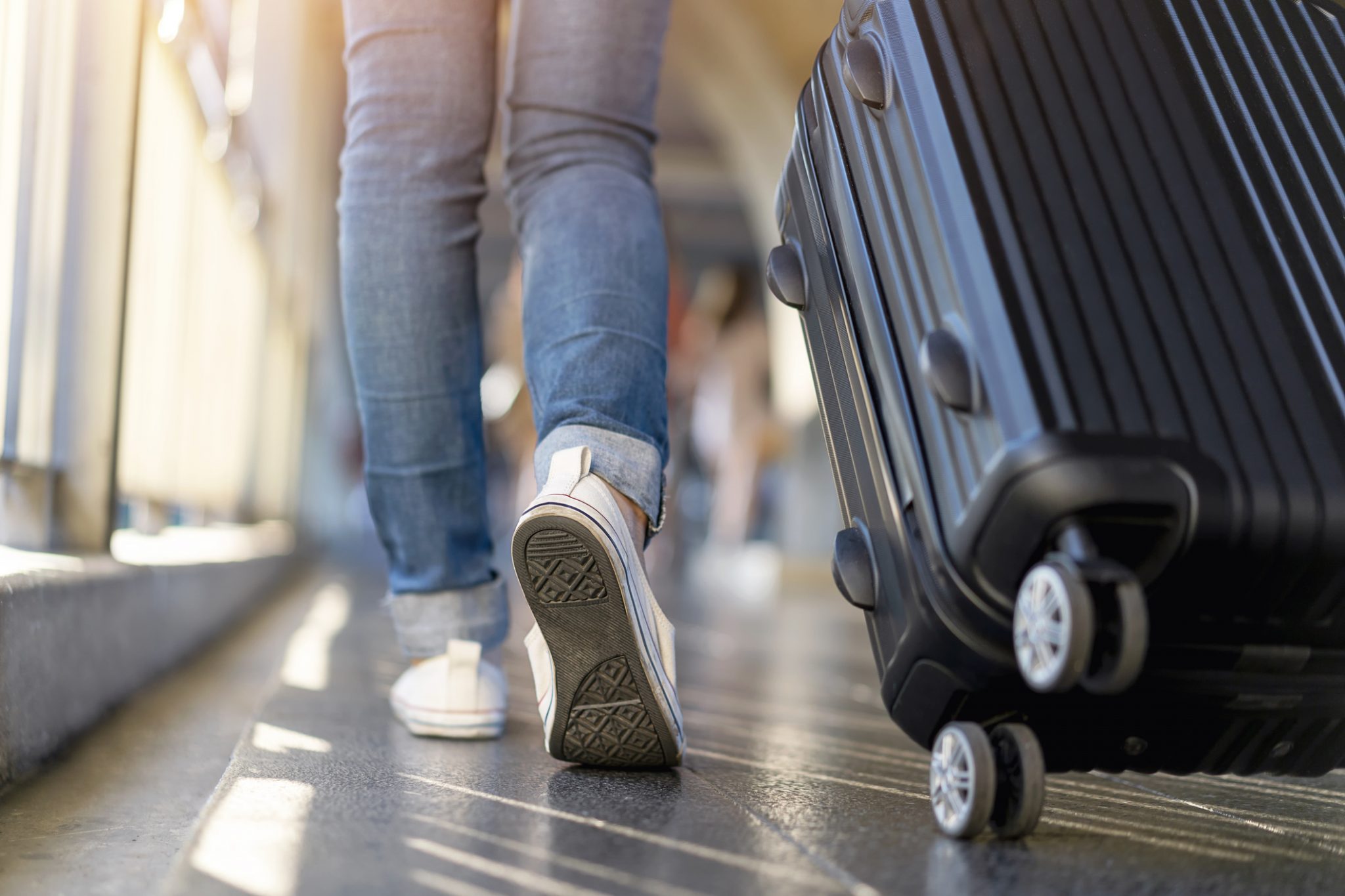Traveling is a wonderful experience that allows you to explore new places, and cultures, and create lasting memories. However, for individuals living with diabetes, travel can introduce additional challenges. Managing blood sugar levels, medications, and a routine while on the road can be a daunting task. But fear not, with careful planning and a few simple tips, you can enjoy a stress-free journey while managing your diabetes effectively.
1. Consult Your Healthcare Provider
Before embarking on your journey, schedule a visit with your healthcare provider. Discuss your travel plans and make sure your diabetes is well-managed. Your doctor can provide valuable advice, review your medication schedule, and offer recommendations for adjustments during your trip.
2. Pack Extra Supplies
When it comes to diabetes supplies, it’s always better to overpack than to find yourself running out. Be sure to carry extra insulin, syringes, test strips, and medications. Divide your supplies into two sets – one to keep with you and another in your checked luggage. This way, you’ll have backup options in case of unexpected delays or lost luggage.
3. Keep Essentials in Your Carry-On
Never store your diabetes supplies in your checked baggage, as temperature fluctuations and potential delays can affect the effectiveness of insulin and other medications. Keep your essentials like insulin, glucose monitor, and medication in your carry-on bag.
4. Plan Meals and Snacks
Unpredictable meal schedules while traveling can impact your blood sugar levels. Research restaurants and food options at your destination ahead of time, and consider packing healthy snacks to have on hand in case of delays or limited food choices.
5. Stay Hydrated
Traveling can be dehydrating, and dehydration can lead to higher blood sugar levels. Drink plenty of water throughout your journey, and avoid excessive caffeine or alcohol consumption, as they can contribute to dehydration.
6. Maintain Regular Testing
Frequent blood sugar monitoring is crucial during travel. Be consistent with your testing schedule and adjust your medication or insulin dosages as necessary to keep your levels within the target range.
7. Communicate with Travel Companions
If you’re traveling with others, make sure they are aware of your diabetes and understand how to assist you in case of an emergency. Share your daily routine, potential warning signs, and how to administer glucagon if needed.
8. Wear a Medical ID
In case of a medical emergency, wearing a medical alert bracelet or necklace that indicates you have diabetes can provide critical information to first responders or medical personnel.
9. Learn Phrases in the Local Language
If you’re traveling to a foreign country, it’s helpful to learn essential phrases in the local language, particularly those related to diabetes. Knowing how to ask for help or find a pharmacy can be invaluable in case of an emergency.
10. Be Prepared for Security Checks
When going through airport security, inform the agents about your diabetes and your need for special accommodations, such as keeping insulin and syringes with you. Keep your supplies in their original packaging to facilitate the screening process.
11. Manage Stress
Travel can be stressful, and stress can impact blood sugar levels. Prioritize relaxation and self-care techniques such as deep breathing exercises, meditation, or yoga to help manage stress during your journey.
12. Create an Emergency Plan
Lastly, have a contingency plan in case of severe hypoglycemia or other diabetes-related emergencies. Share this plan with your travel companions and ensure they know how to execute it.
Traveling with diabetes is possible and can be a fulfilling experience. With careful planning, regular monitoring, and a proactive approach, you can enjoy a stress-free journey while effectively managing your diabetes. Remember that your well-being is a top priority, and these tips can help you maintain control over your health, no matter where your adventures take you.




